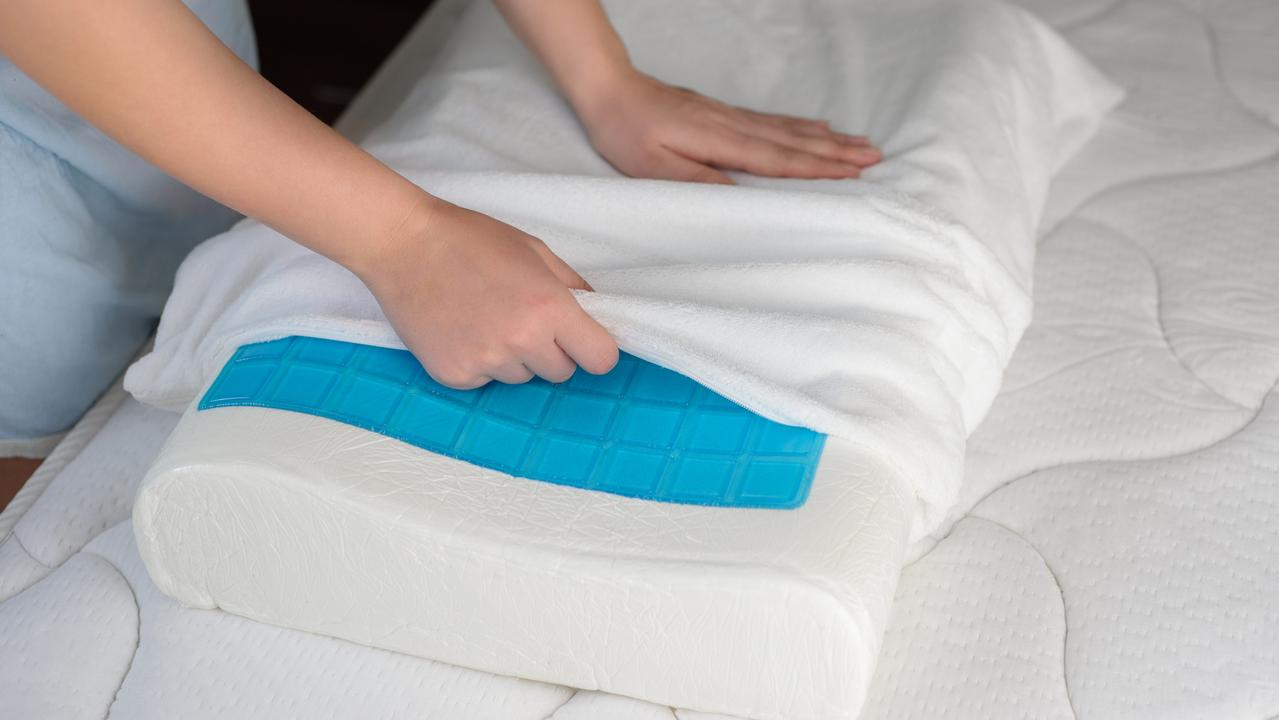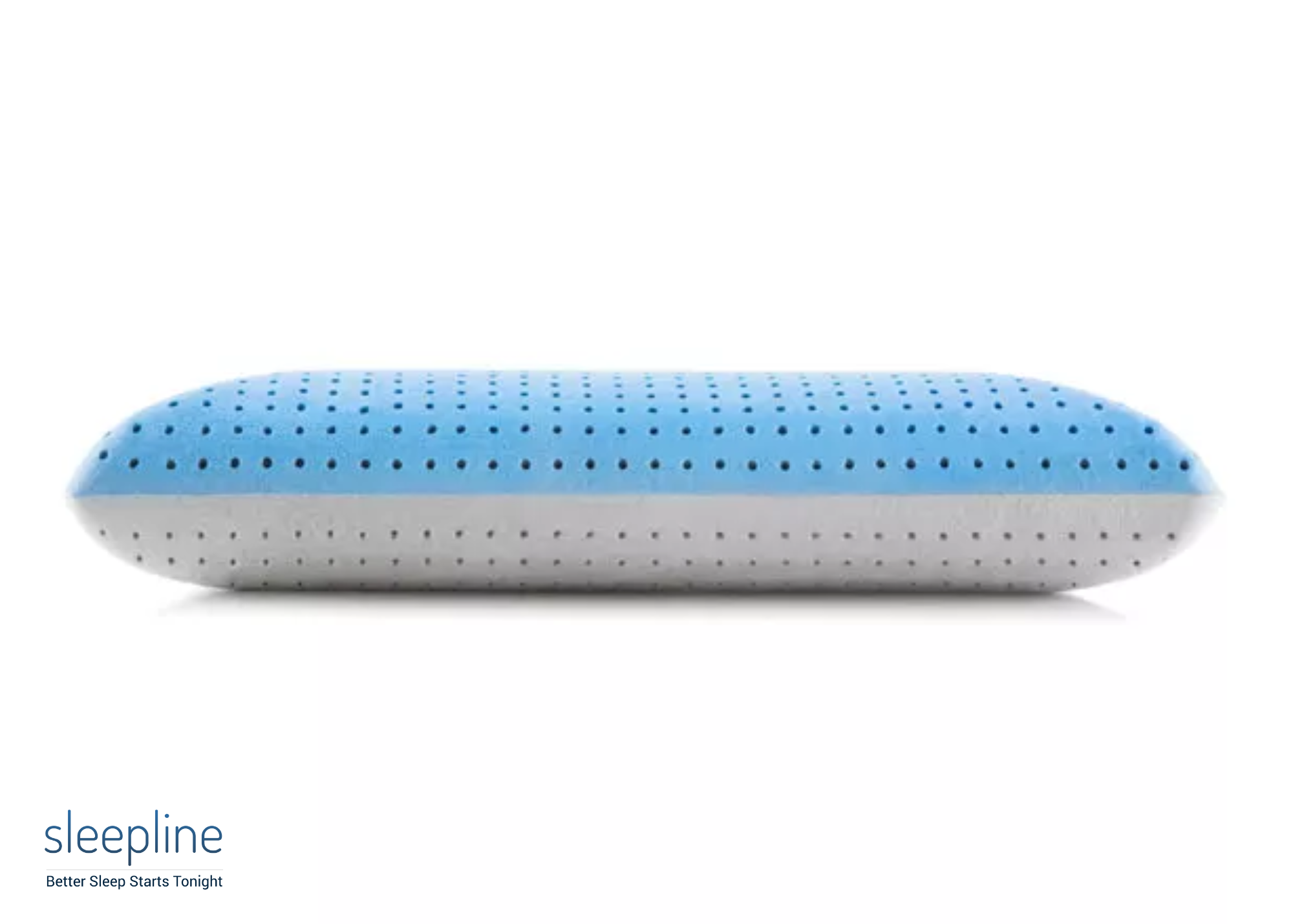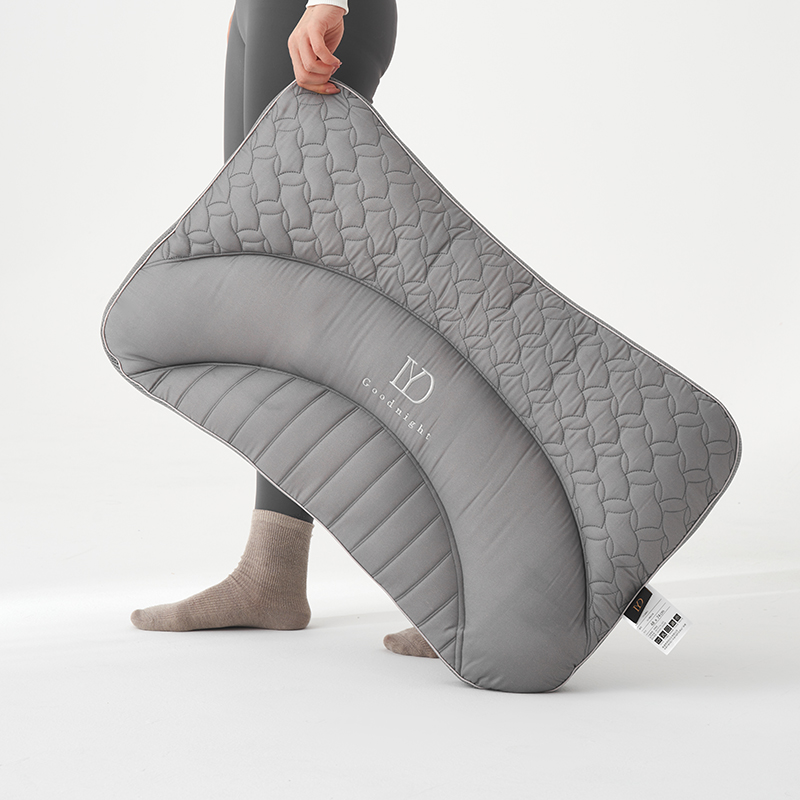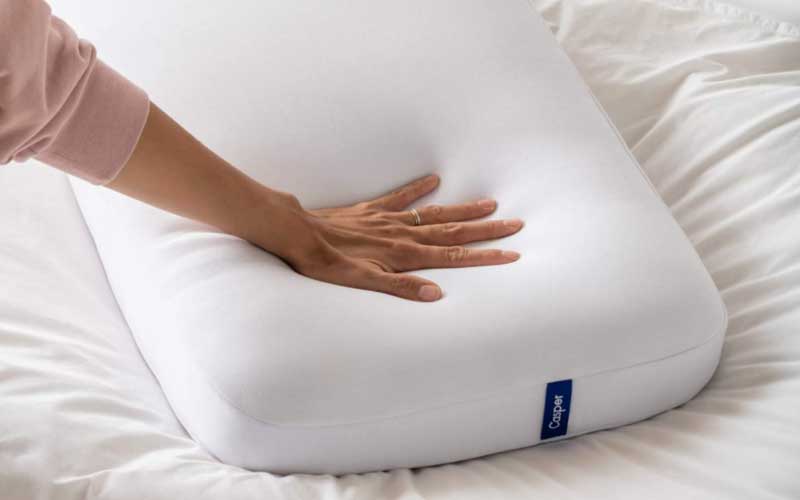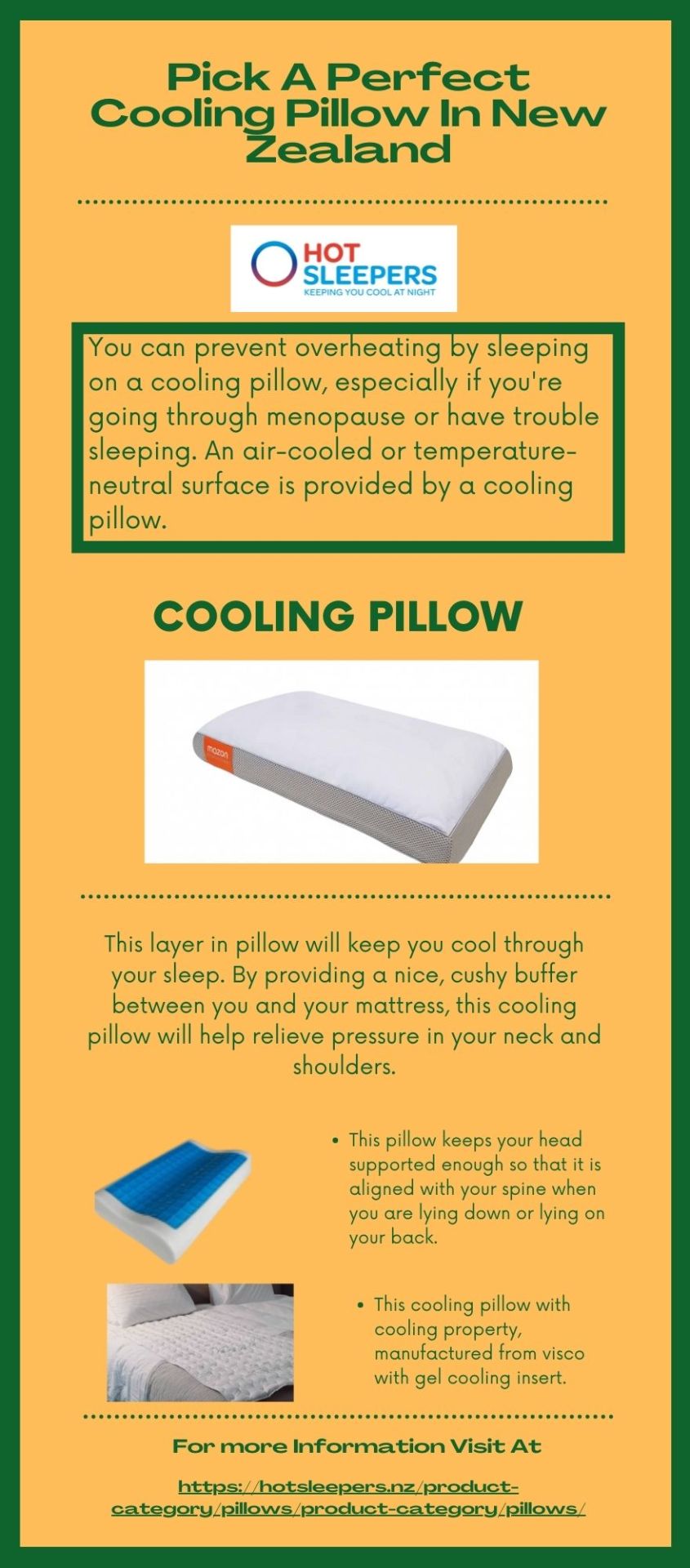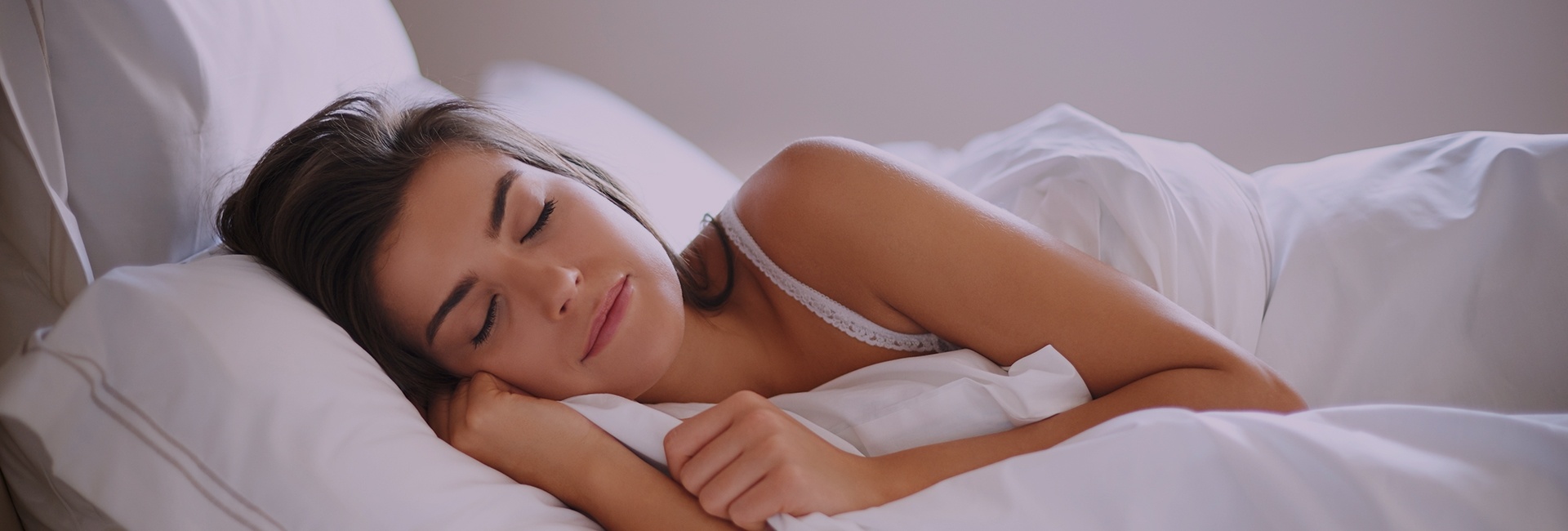How Does A Cooling Pillow Work

In the relentless pursuit of a perfect night's sleep, consumers are increasingly turning to innovative technologies promising respite from overheating. Cooling pillows, once a niche product, have surged in popularity, fueled by promises of temperature regulation and enhanced comfort. But how do these pillows actually work, and do they truly deliver on their cooling claims?
The effectiveness of a cooling pillow hinges on a combination of materials and construction techniques designed to dissipate heat and promote airflow. Understanding these mechanisms is crucial to discerning marketing hype from genuine cooling performance. This article delves into the science behind cooling pillows, exploring the different technologies employed, their advantages, limitations, and the factors consumers should consider when selecting a cooling pillow that meets their individual needs.
The Science of Sleep and Temperature
Our body temperature naturally fluctuates throughout the day, reaching its lowest point during sleep. A cooler core temperature is generally conducive to deeper, more restful sleep.
Conversely, overheating can lead to restlessness, disrupted sleep cycles, and even night sweats. This is where cooling pillows come into play, aiming to maintain a comfortable head and neck temperature.
Cooling Materials: The Key to Heat Dissipation
The core of a cooling pillow's effectiveness lies in its materials. Several technologies are utilized to achieve a cooling effect, each with its own set of properties and performance characteristics.
Gel-Infused Memory Foam
Memory foam, prized for its conforming properties, is often criticized for trapping heat. To combat this, manufacturers often infuse the foam with gel particles, which are designed to absorb and dissipate heat.
According to Dr. Michael Breus, a sleep specialist and author, "Gel-infused memory foam can help to draw heat away from the body, creating a slightly cooler sleeping surface." However, the effectiveness of gel-infused memory foam can vary depending on the density of the foam and the amount of gel used.
Phase Change Materials (PCMs)
PCMs are substances that absorb or release heat as they transition between solid and liquid states. They are often incorporated into pillow covers or foam layers to actively regulate temperature.
The idea is that as the PCM warms up, it absorbs heat, delaying the sensation of overheating. "PCMs can be quite effective at maintaining a consistent temperature, but their cooling effect is often limited by the amount of PCM used," explains a report by the National Sleep Foundation.
Breathable Fabrics
The pillow cover plays a crucial role in airflow and moisture management. Breathable fabrics like cotton, bamboo, and Tencel are often used to promote ventilation and wick away sweat.
These materials allow air to circulate, preventing heat from becoming trapped against the skin.
"Look for pillows with covers made from natural fibers like cotton or bamboo, as these are generally more breathable than synthetic materials," recommends the Sleep Doctor website.
Water or Air Circulation Systems
Some cooling pillows utilize sophisticated systems that circulate water or air to actively cool the sleeping surface. These pillows typically consist of a pillowcase connected to a small control unit that regulates the temperature.
These systems can offer a more consistent and powerful cooling effect compared to material-based solutions. However, they tend to be more expensive and require a power source.
Construction and Design
Beyond materials, the construction of a cooling pillow also contributes to its effectiveness. Features like ventilation channels and open-cell foam structures can enhance airflow and prevent heat buildup.
Pillows with a ventilated design allow air to circulate freely, preventing the pillow from becoming too hot. According to a study published in the Journal of Textile Science & Engineering, "Open-cell foam structures offer superior breathability compared to closed-cell foams, leading to better temperature regulation."
Choosing the Right Cooling Pillow: Factors to Consider
Selecting the right cooling pillow requires careful consideration of individual needs and preferences. Factors to consider include:
- Sleeping Position: Side sleepers may require thicker pillows for proper spinal alignment, while back sleepers may prefer thinner pillows.
- Material Preferences: Some individuals may prefer the feel of memory foam, while others may opt for the breathability of natural fibers.
- Cooling Needs: Those who experience severe night sweats may benefit from pillows with more active cooling technologies like water or air circulation systems.
- Budget: Cooling pillows range in price from relatively affordable to quite expensive. It's important to set a budget and compare features within that range.
The Future of Cooling Sleep Technology
The demand for cooling sleep solutions is likely to continue to grow as awareness of the importance of sleep hygiene increases. Manufacturers are constantly innovating, developing new materials and technologies to enhance cooling performance and comfort.
We can expect to see further advancements in PCMs, more sophisticated ventilation systems, and integration of smart technology to personalize cooling settings. Dr. Breus believes, "The future of sleep technology is all about personalization. We will see more devices and products that can adapt to individual sleep patterns and preferences, including temperature regulation."
Ultimately, the effectiveness of a cooling pillow depends on a complex interplay of materials, construction, and individual preferences. By understanding the science behind these technologies, consumers can make informed decisions and invest in a cooling pillow that truly delivers on its promise of a cooler, more restful night's sleep.
